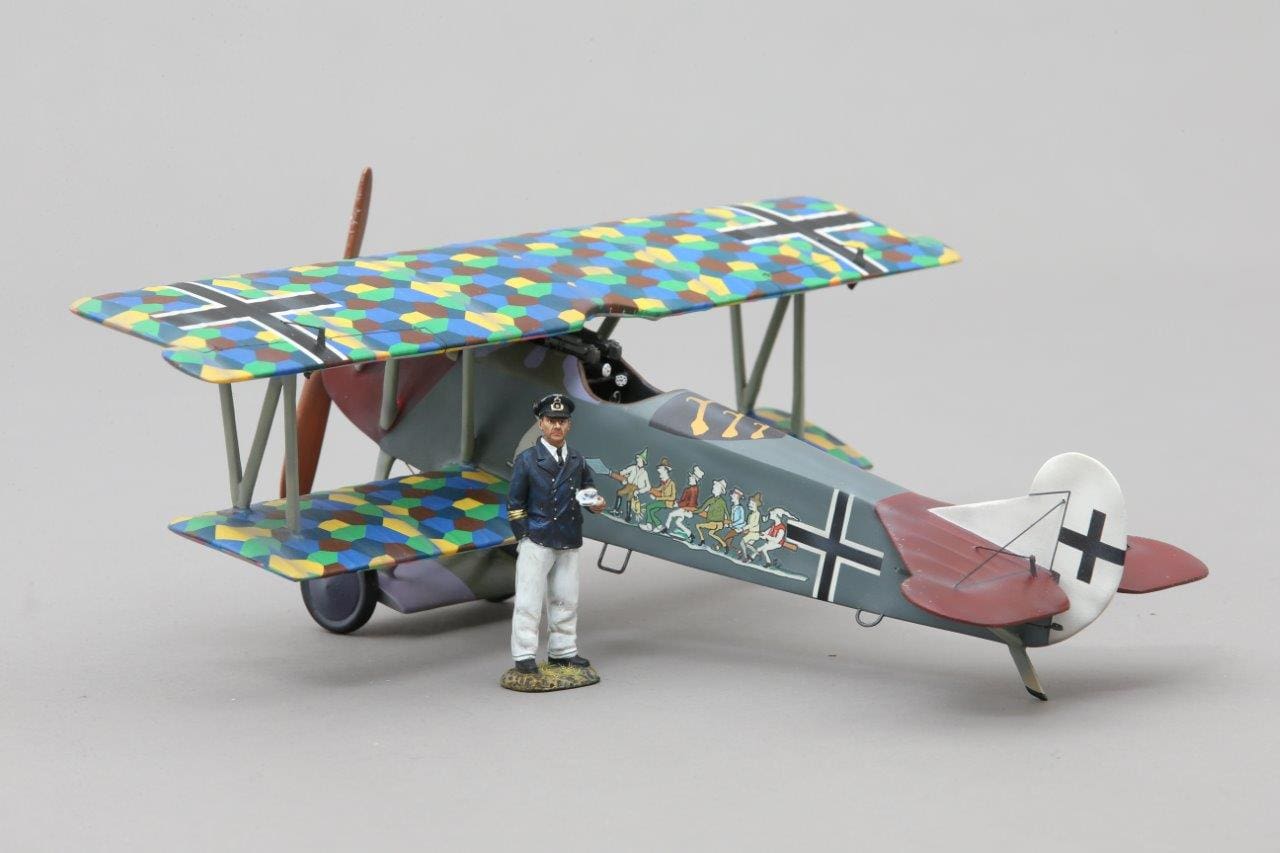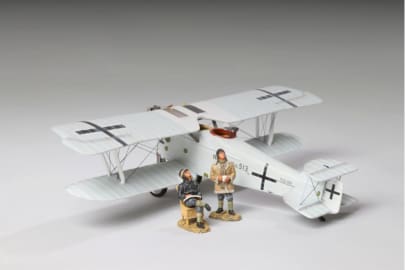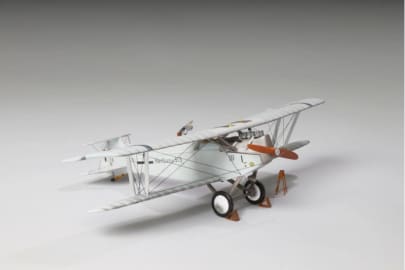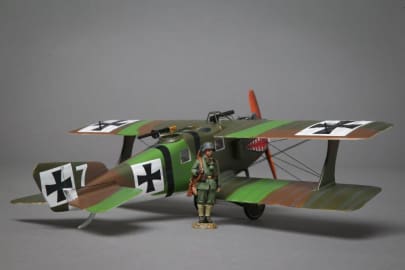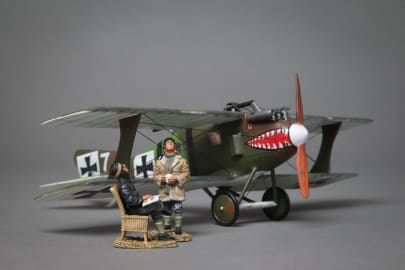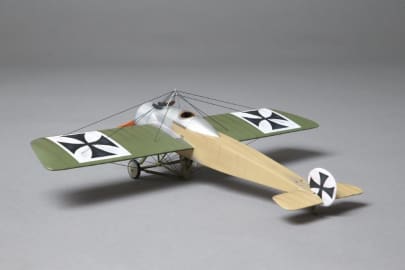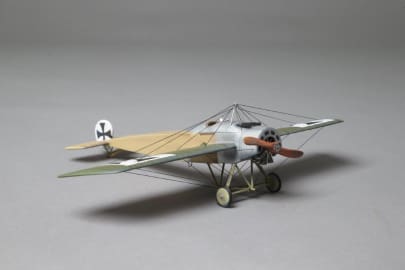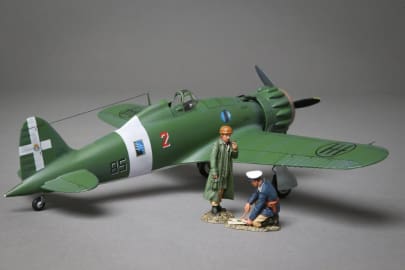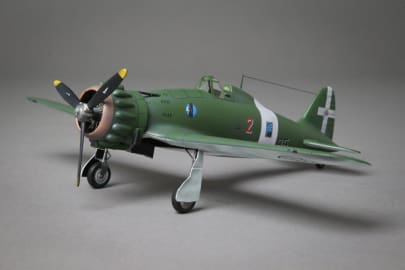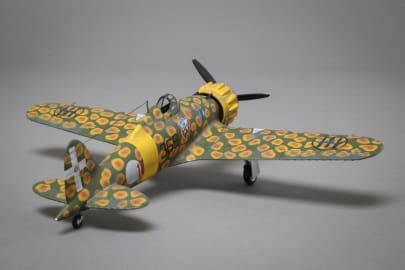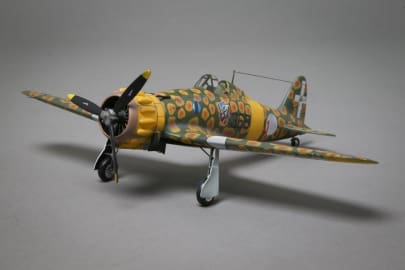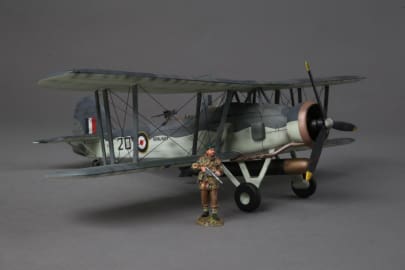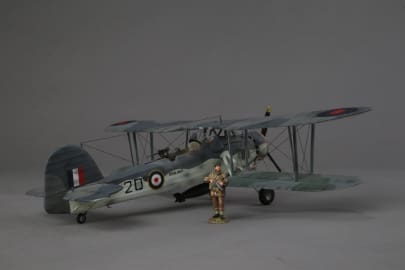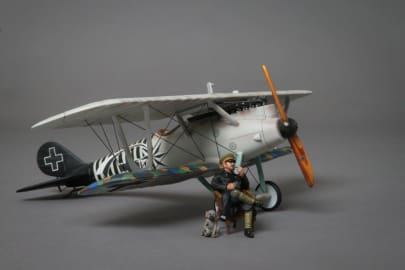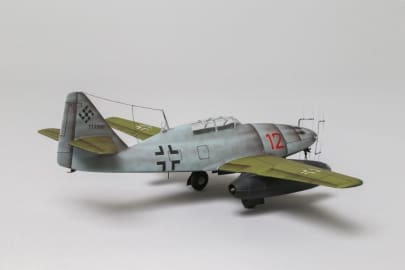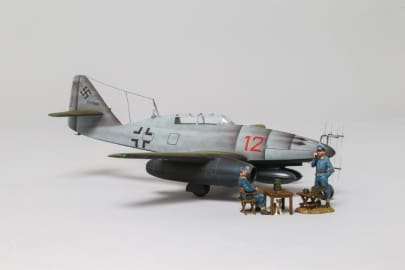- Free shipping available on orders over £100 (UK) £250 (EU) and $300 rest of the world
WOW191 – FOKKER DR 7
Out of Stock
Description
Description
The Fokker D.VII was a German World War I fighter aircraft designed by Reinhold Platz of the Fokker-Flugzeuwerke. Germany produced around 3,300 D.VII aircraft in the second half of 1918. In service with the Luftstreitkfafte, the D.VII quickly proved itself to be a formidable aircraft. The Armistice ending the war specifically required Germany to surrender all D.VIIs to the Allies. Surviving aircraft saw much service with many countries in the years after World War I. The D.VII entered squadron service with Jasta 10 in early May 1918. When the Fokker D.VII appeared on the Western Front in April 1918, Allied pilots at first underestimated the new fighter because of its squarish, ungainly appearance but quickly revised their view. The type quickly proved to have many important advantages over the Albatros and Pfalz scouts. Unlike the Albatros scouts, the D.VII could dive without any fear of structural failure. The D.VII was also noted for its high manoeuvrability and ability to climb at high angles of attack, its remarkably docile stall and reluctance to spin. It could literally “hang on its prop” without stalling for brief periods of time, spraying enemy aircraft from below with machine gun fire. These handling characteristics contrasted with contemporary scouts such as the Camel and SPAD, which stalled sharply and spun vigorously. Several aircraft suffered rib failures and fabric shedding on the upper wing. Heat from the engine sometimes ignited phosphorus ammunition until cooling vents were installed in the engine cowling and fuel tanks sometimes broke at the seams. Aircraft built by the Fokker factory at Schwerin were noted for their lower standard of workmanship and materials. Despite faults, the D.VII proved to be a remarkably successful design, leading to the familiar aphorism that it could turn a mediocre pilot into a good one and a good pilot into an ace. Manfred Von Richthofen died days before the D.VII began to reach the Jagdstaffeln and never flew the type in combat. Other notable pilots, including Erich Löwenhardt and Hermann Göring, who quickly racked up victories and generally lauded the design. Aircraft availability was limited at first but by July there were 407 in service. Larger numbers became available by August, when D.VIIs achieved 565 victories. The D.VII eventually equipped 46 Jagdstaffeln. When the war ended in November, some 775 D.VII aircraft were still in service. Our 1/30 scale variant was one of the most eye catching Fokker’s of WW1 that flown by and decorated with the seven Swabians from the Grimm Brothers fairy tale. This aircraft was flown by Gefreiter (Private!) Wilhelm Scheutzel and the fascinating story of the Seven Swabians is below: Once upon a time there were Seven Swabians who travelled through the world. To be safe from danger they carried one long spear with them. One day in July they walk through a meadow just by nightfall and notice a hornet buzzing by. Unaware what they just heard the men start to panic, thinking it was a war drum. One of them tries to flee, jumps over a fence and then walks right on the teeth of a rake, whereupon the handle hits him in the face. He quickly begs for mercy and tells the invisible attacker that he’ll surrender, whereupon his six friends do the same. Later, when they finally understand they were fooled they decide to keep this embarrassing anecdote a secret. To prevent the story from getting out they swear to not say anything about it until one of them should accidentally open his mouth. Later they encounter a hare sleeping in the sun. They take the animal for a monster and decide to attack it. After bracing themselves with all the courage they can get they strike out and the hare runs away, whereupon they realize they’ve once again been fooled. The septet travels onward until they reach the river Moselle. Unaware how to cross it they ask a man on the opposite side of the river for help. Due to the distance and their language the man doesn’t understand what they were saying and he asked them in the dialect of Trier: “Wat, Wat?” This causes the men to think that they have to wade through the water. As the first Swabian gets into the river he starts to sink into the mud. His hat is blown away to the opposite shore, next to a frog who croaks noises that sound like “wat, wat, wat”. The six surviving Swabians think it’s their friend telling them to wade across; they rush in the water and all drown! Our hand craved Mahogany model comes with a free WW1 white metal figure from our current collection subject to availability, and the aircraft itself is limited to 8 in number worldwide.

